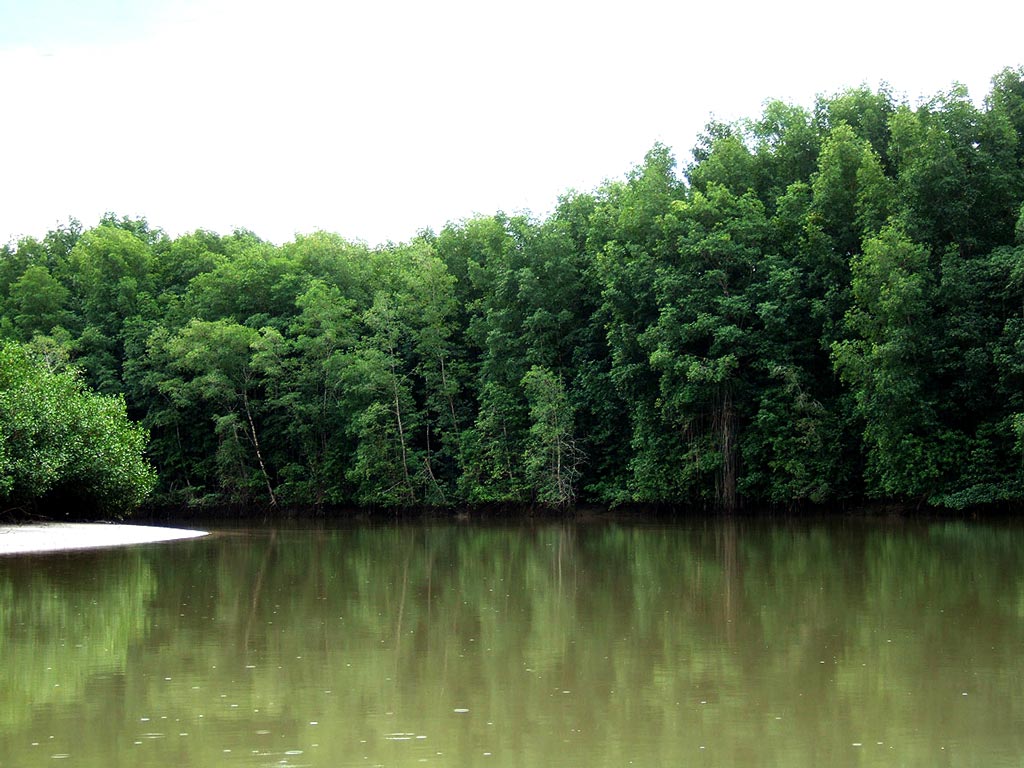The mangrove forests of the Gando Protected Area in southeastern Sistan-Baluchestan Province are growing at a slow but steady pace.
According to Shahram Fadakar, deputy head of the Coasts and Coastal Wetlands Office at the Department of Environment, “the mangrove forests have been growing by 10 hectares a year for the past few years,” ISNA reported.
The forests cover about 671 hectares in the protected area.
Mangrove (hara in Persian) forests cover large swaths of Iran’s southern and southeastern shores, stretching from the Qeshm Island in the Persian Gulf to the southern coasts of Sistan-Baluchestan and into neighboring Pakistan in the east.
Due to the transboundary nature of the forests, Fadakar says Tehran and Islamabad must cooperate to protect them.
“To boost our conservation efforts in Gwadar Bay (Gowater in Persian), we’re in talks with Pakistani officials to join forces,” he said. “International cooperation is essential to protecting marine environments.”
Located on the maritime border of Iran and Pakistan in the Gulf of Oman, half of Gwadar Bay is in Iran while the other is Pakistani territory.
The joint effort to protect the mangrove forests between the two nations will be supported by an international organization, Fadakar said. He did not explain in what capacity the unnamed organization would help.
Ecologically Rich
The protected area of Gando is home to diverse animal species, including threatened species such as the green sea turtle, eastern imperial eagle and Dalmatian pelican.
“Protection of the mangroves is important for biodiversity, especially because they provide green sea turtles with the perfect environment to lay eggs,” the official noted.
He added that a joint program between Iran and Pakistan to protect Gando will begin later this year, adding that the Ramsar Convention will also help the effort.
Also referred to as the Convention on Wetlands, the Ramsar Convention is an intergovernmental treaty that provides the framework for national action and international cooperation for the conservation and judicious use of wetlands and their resources. It is named after the picturesque resort city of Ramsar in northern Iran, where the convention was signed in 1971.
Less than 10% of Iran is covered in forests, which may not seem much but considering the country’s location in an arid and semi arid region of the planet, it is a blessing. According to a recent World Bank report, forest-covered areas in Iran have grown by 0.98% in the past 15 years.


